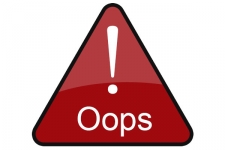Hyphens are of two kinds, accidental and intentional.
Accidental hyphens are those that occur at the end of a line of text and signal that the last word in the line is incomplete; such hyphens disappear if, for example, you make the lines longer by decreasing the margins—long enough, that is, to fit in the whole word instead of only a part of it.
Intentional hyphens, on the other hand, are there because you want them to be there—even when the hyphenated word is in the middle of a line. The decision is yours and not made by the computer. Take the word “socio-economic,” for instance. You want to insert a hyphen between the two vowel sounds (o and e) and actually type in the character.
This post is about the first type of hyphens, and mostly about how to avoid them. If you are preparing a manuscript for submission to a journal, the journal is interested in the content of your message, not in how you have laid it out. Only when the manuscript is accepted for publication will you be asked to send in (or upload) an electronic copy, which the publisher will use in preparing the final text. In that long-drawn-out process, hyphens at the ends of lines sometime stick with the word even when it occupies a position in the middle of the line—where it is unwelcome.
To prevent such intrusive hyphens, all you need to do is to see that they are not there in the first place. For this, left-align all your text and turn the hyphenation off. To let-align all your text, choose Format > Paragraph > Alignment > Left. To turn the hyphenation off, choose Format > Paragraph > Line and Page Breaks and check the box next to "Don’t hyphenate." [These steps apply to Microsoft Word; most word-processing packages will have similar options.]
To know about the correct usage of other punctuation marks, you can read this article.







